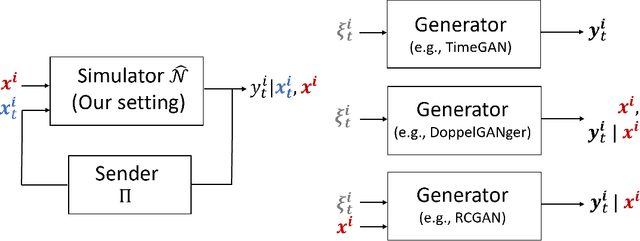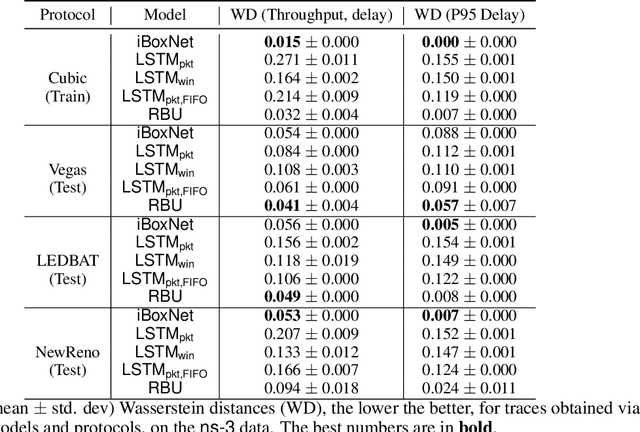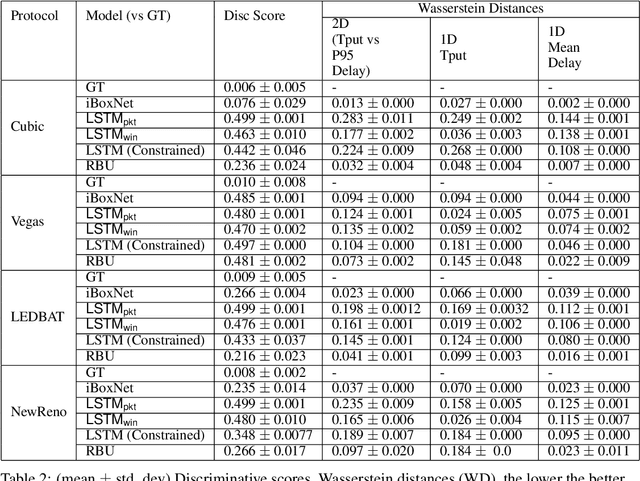Shubham Tiwari
FaceFilterSense: A Filter-Resistant Face Recognition and Facial Attribute Analysis Framework
Apr 12, 2024



Abstract:With the advent of social media, fun selfie filters have come into tremendous mainstream use affecting the functioning of facial biometric systems as well as image recognition systems. These filters vary from beautification filters and Augmented Reality (AR)-based filters to filters that modify facial landmarks. Hence, there is a need to assess the impact of such filters on the performance of existing face recognition systems. The limitation associated with existing solutions is that these solutions focus more on the beautification filters. However, the current AR-based filters and filters which distort facial key points are in vogue recently and make the faces highly unrecognizable even to the naked eye. Also, the filters considered are mostly obsolete with limited variations. To mitigate these limitations, we aim to perform a holistic impact analysis of the latest filters and propose an user recognition model with the filtered images. We have utilized a benchmark dataset for baseline images, and applied the latest filters over them to generate a beautified/filtered dataset. Next, we have introduced a model FaceFilterNet for beautified user recognition. In this framework, we also utilize our model to comment on various attributes of the person including age, gender, and ethnicity. In addition, we have also presented a filter-wise impact analysis on face recognition, age estimation, gender, and ethnicity prediction. The proposed method affirms the efficacy of our dataset with an accuracy of 87.25% and an optimal accuracy for facial attribute analysis.
Simulating Network Paths with Recurrent Buffering Units
Feb 23, 2022



Abstract:Simulating physical network paths (e.g., Internet) is a cornerstone research problem in the emerging sub-field of AI-for-networking. We seek a model that generates end-to-end packet delay values in response to the time-varying load offered by a sender, which is typically a function of the previously output delays. We formulate an ML problem at the intersection of dynamical systems, sequential decision making, and time-series generative modeling. We propose a novel grey-box approach to network simulation that embeds the semantics of physical network path in a new RNN-style architecture called Recurrent Buffering Unit, providing the interpretability of standard network simulator tools, the power of neural models, the efficiency of SGD-based techniques for learning, and yielding promising results on synthetic and real-world network traces.
 Add to Chrome
Add to Chrome Add to Firefox
Add to Firefox Add to Edge
Add to Edge